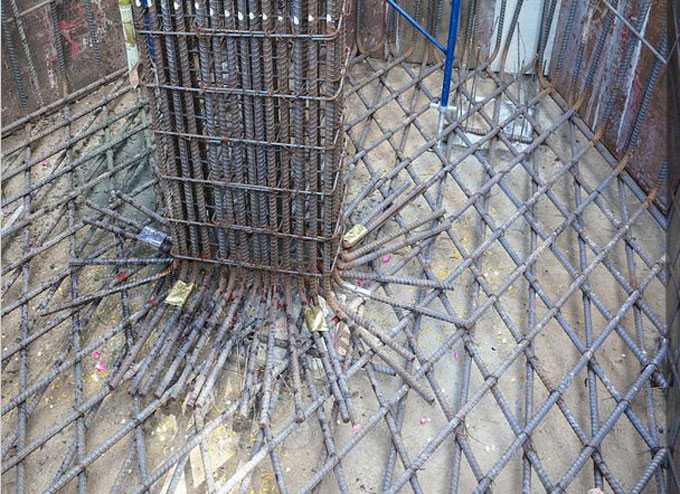
Steel in Construction
Construction is the most important industry that uses steel. Construction industry is responsible for more than 50% of the world steel production. This is because buildings depend on steel for strength. Steel is also used on roofs and claddings for exterior walls.
Steel manufacturers all over the world are providing construction solutions for energy efficient and low carbon neutral buildings. This results in extending the life span of the structures by reducing the environmental impact on them.
Steel is affordable, readily available and safer. Steel is strong, versatile, durable and 100% recyclable. Hence, it allows for improved environmental performance across the entire life cycle of buildings.
Advanced high-strength steels which are used in steel plate applications may also be used in several other industries.
Offshore oil rigs, bridges, civil engineering and construction machines, rail carriages, tanks and pressure vessels, nuclear thermal and hydroelectric plants ? all these applications benefit from the attributes of modern steels.
Now lets us look at how steel is used in construction (buildings and infrastructure)
Buildings:
? Steels are used to create structural sections in buildings. It acts as the skeleton of the building and constitutes of 25% of the steel usage.
? Reinforcing bars to add tensile strength and stiffness to concrete. This accounts for 44% of steel use in buildings.
? Sheet products, such as roofing, purlins, internal walls, ceilings, cladding, and insulating panels for exterior walls. This makes up for 31% of steel use in buildings.
? Non- structural steel like heating and cooling equipment and interior ducting.
? Internal fixtures and fittings such as rails, shelving and stairs.
Infrastructure:
? Transport networks like bridges, tunnels, rail tracks.
? Construction buildings such as fuelling stations, ports and airports
? Utilities ( fuel, water, power): Over fifty percent of steel used for this is in underground pipelines to distribute water among houses.


